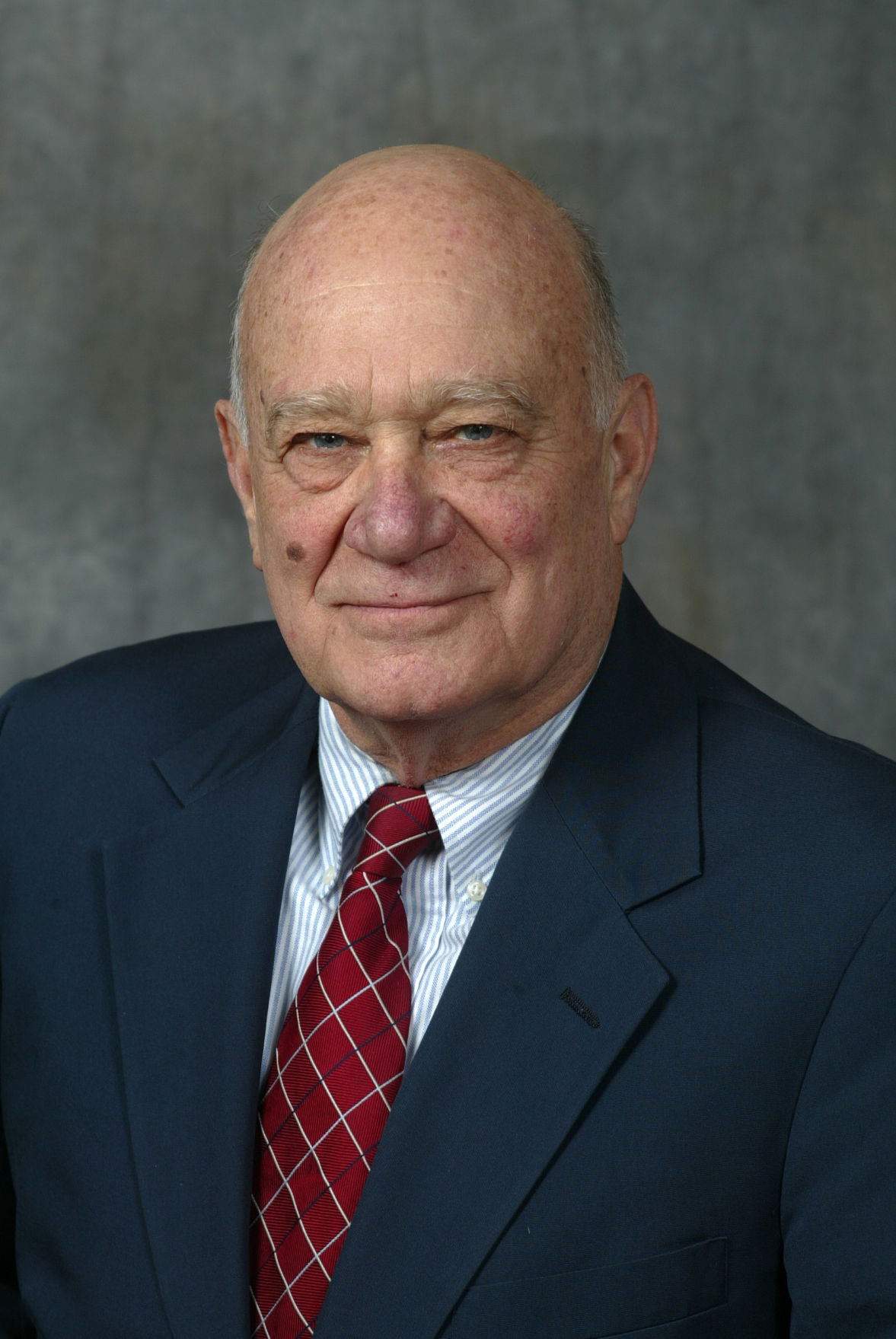My dear friend, Harold Saunders, died this month.
Hal’s obituary in The New York Times (March 9) demonstrates why he was respected and admired by so many.
Working with Hal for more than two decades, I was able to learn first-hand the depth of his influence on people of all ages.
In my previous column, I shared concerns that the American Enlightenment was in jeopardy.
Hal will be deeply missed because his life epitomized sustained quests for rational discourse, and for encouraging empathetic relationships.
Hal has been properly celebrated for his key role as Assistant Secretary of State for President Carter in developing the Camp David accords in 1977.
He served on the National Security Council for Presidents of both parties, and he was a member of the International Negotiation Network at the Carter Presidential Center.
My direct ties with Hal came through the Kettering Foundation where he served as director of International Affairs.
Saunders and Kettering were perfectly matched for each other. This marvelous Foundation, headed by David Mathews (who served as Secretary of Health Education and Welfare for President Ford), undertakes wide-ranging research that seeks understanding of “what it takes to make democracy work as it should.”
During my decades of participating in dozens of “Research Exchanges” at the Foundation in Dayton, Ohio and in Washington, Hal’s international leadership has been increasingly evident.
Representatives from more than 30 nations participate in some of our sessions.
Kettering and Hal represent the polar opposite from angry partisans who often rush to rigid judgments.
Saunders and the Foundation emphasize rational, deliberative, civil discourse as a pathway for citizens to seek reliable knowledge as a basis for making informed public judgments.
The approaches by Saunders and the National Issues Forums (affiliated with Kettering) do indeed take account of “values,” but they emphasize the importance of careful listening to others for understanding and to seek “common ground.”
I always liked Hal’s emphasis on one of the phrases used by Kettering:
“A Different Kind of Talk,
Another Way to Act.”
At Hofstra University and Long Island libraries, we were privileged, on several occasions, to learn directly from Hal Saunders how our political process and our democracy could be strengthened.
With many students and Nassau adults, I shared an appreciation of Hal’s book: “A Public Peace Process: Sustained Dialogue to Transform Racial and Ethnic Conflicts.”
Hal Saunders believed that our era could become “The Citizens’ Century.”
The Times concluded its obituary appreciation noting his view that governments were faced with more problems than they can address.
Hal Saunders said: “Citizens outside of government increasingly have an opportunity to fill that void.”
Kettering Foundation President David Mathews observed: “We will remember his interest in young people. He reached out to college students and built a network devoted to sustained dialogue, one of the primary themes of his work in recent years.”
“He tackled some of the greatest challenges of our times — protracted conflict, destructive relationships, weak governance, dysfunctional democracy and the need for a new world view,” Dr. Mathews continued.
Living as an “idealist without illusions” is a noble aspiration, as John F. Kennedy averred. Hal Saunders understood that common ground, respect, and empathy were not easy to achieve.
How, then, can “A Public Peace Process” develop when people come from varying religions, races, ethnicities, and genders?
Relationship building for people in deep human conflict “involves putting the past into a manageable perspective so that it no longer blocks development of a fully cooperative and peaceful relationship.”
Saunders states that this “ultimate transformation” involves acknowledgement, contrition, forgiveness and reconciliation.
In his book and through the Sustained Dialogue Network (which he founded), Saunders outlines 5 significant steps for a public peace process to work. The first step is assembling people who are willing to talk and listen deeply about a problem that affects them seriously.
This reminds me of Montesquieu’s “le vertu,” the willed initiative. Like other scholars, Saunders cites Tocqueville’s theme in “Democracy in America” of citizens’ capacity for associational activity.
Gary Wills goes even a step beyond when he writes about the radicalism of Thomas Jefferson and his belief in “benevolence” — that most people are characterized by wanting to do good, and are eager to be respected for social caring.
How many people are enough to start and sustain an effective public peace process?
I will consider those queries in my next column.
In the meantime, I am sure you will find keen interest in three of Hal Saunders’ associations — and you can join the discourse for “The Citizens’ Century”
D’Innocenzo’s website is: michaeldinnocenzo.com



